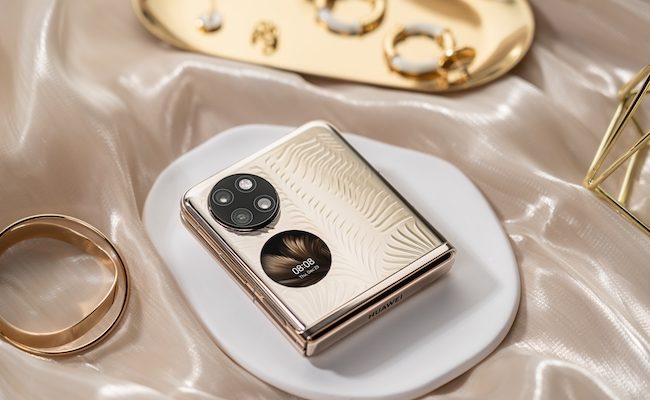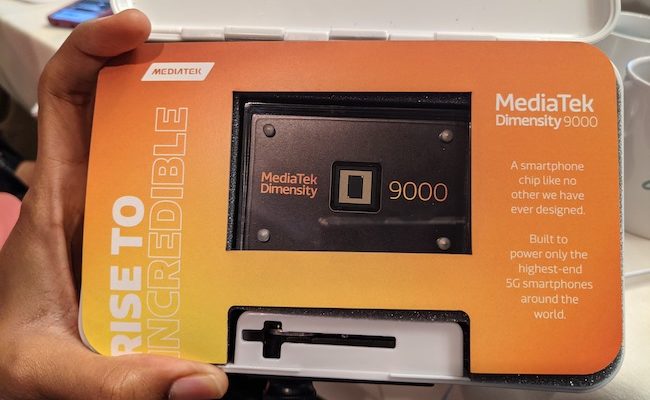‘Techtober’ may be gone but smartphone makers aren’t letting up with the release of new devices. While consumers are excited about smartphones including the OnePlus 6T, the iPhone XR and the Pixel 3, many lesser-known companies are taking the opportunity to experiment with some of the upcoming technology trends that are expected to make a splash in the coming years.
Smartphones of the future are expected to bend in half, have multiple displays, and no bezels disrupting a their displays. While many of these smartphones seem amazing in concept, bringing them to reality may prove to be much more difficult. Still, many international brands are trying, even if just for the accolade of being first. In reality, some of our biggest hopes for mobile technology may seem rather silly in their first iterations.
But companies have to start somewhere. If anything, they have set the bar for improving the technology of our futuristic dreams. Check out some of the craziest smartphone designs coming out very soon.
Dual-screen smartphone
In a continuing effort to minimize bezels on the front of devices, the ZTE-owned, Nubia brand has announced the Nubia X smartphone. The device is business in the front and party in the back, with extremely thin top and bottom bezels and no sensors on the front panel of its 6.26-inch, 2280×1080 resolution display. The device adopts a curved display to thin out the side bezels, and with a 94 percent screen ratio, the majority of its front panel is a functional display.
This is the Nubia X, a dual-screen phone with a very high screen ratio.
Source: Weibo 字幕 GOUBA pic.twitter.com/L2So4FdzNU— Ice universe (@UniverseIce) October 31, 2018
For those wondering where the coveted selfie camera is located, it’s in the back. The Nubia X has sacrificed a front-facing camera to expand its screen real estate, and its 24-megapixel and 16-megapixel dual-lens rear camera serve as both main and selfie camera. Users can open the camera app on the second screen on the back of the device and have access to a viewfinder for all selfie-taking needs.
The second screen is a 5.1-inch display and the Nubia X takes advantage of its thick bezels for other purposes such as gaming controls. It’ll be interesting to see the power consumption on this device, as it packs a 3,800 mAh battery. Large, high-resolution displays have the propensity to quickly eat battery life; however, ZTE did opt for LCD displays instead of OLED, likely to tackle this issue.
Other specs on the Nubia X include a Qualcomm Snapdragon 845 chip, 6GB RAM/128GB ROM and 8GB RAM/256GB ROM configurations, and Android 8.1 Oreo. The devices will likely be China exclusives, with the lower level model selling for $470 and the premium tier model for $600.
World’s first foldable smartphone
The industry has been expecting a foldable smartphone from Samsung for years, but it seems that a little-known Chinese company called Royole (or Rouyu Technology) has beaten the Korean tech giant to the punch.
The recently announced FlexPai device is supposedly a smartphone, but it looks like a tablet that can fold in half due to its flexible display. The device features a 7.8-inch display and when in its folded position the two sides can work as separate screens.
This is the "world's first foldable screen phone" released by Rouyu Technology, which will use the Snapdragon 8150 processor, but its design is very rough, just to seize the "first", this is a futures product. pic.twitter.com/M0v9o2z0Bw
— Ice universe (@UniverseIce) October 31, 2018
Reports indicate the device may already be on sale for a limited time. However, this claim may be far-fetched as it is expected to run components that have not yet been announced officially by their makers, including the Qualcomm Snapdragon 855 processing chip. Other specs on the device include a 16-megapixel wide angle and 20-megapixel telephoto dual-lens rear camera set up and 6GB RAM/128GB ROM, 8GB RAM/256GB ROM, and 8GB RAM/512GB ROM configurations.
While the battery capacity of the FlexPai remains unknown, the company claims it can charge to up to 80 percent power in one hour.
Prices for the FlexPai are 8,999 yuan ($1291) for the base model, 9,998 yuan ($1434) for the mid-tier configuration and 12,999 yuan ($1864) on the premium end. It’s pretty safe to say this device may never see sales in the U.S., however, it may just be an early preface before more common companies begin announcing foldable smartphones in 2019.
Getting rid of those pesky bezels
The ASUS ZenFone 6 hasn’t yet been announced but leaks of its prototypes suggest the device may take a unique design form to get rid of bezels. Instead of teardrop bezels or moving all sensors to the back of the device, the smartphone may have an edge-to-edge display with a small hole cut out at the top left corner to house its front-facing camera.
If true, this could actually be one of the oddest methods of achieving a no-bezel display, because the intent for most manufacturers is to have the front panel be seamless with no cuts out for sensors.
The ZenFone 6 is still several months away, with a prospective launch date in late-February, during Mobile World Congress 2019. Not much else is known about the device, but some murmurs suggest it may include a triple-lens rear-camera, a USB-C port, and that it may retain its headphone jack. These features still don’t take away from this extreme method of getting rid of bezels. While most consumers now tolerate top-notches, many often find a reason to gripe about them. Still, there is a big difference between a top-notch and a hole in the middle of your screen (think about how you feel about dead pixels). Only time will tell how the device will be received.




